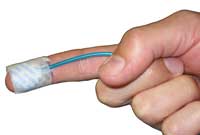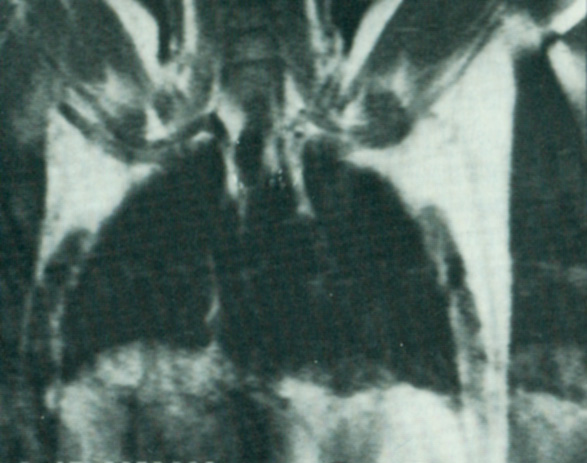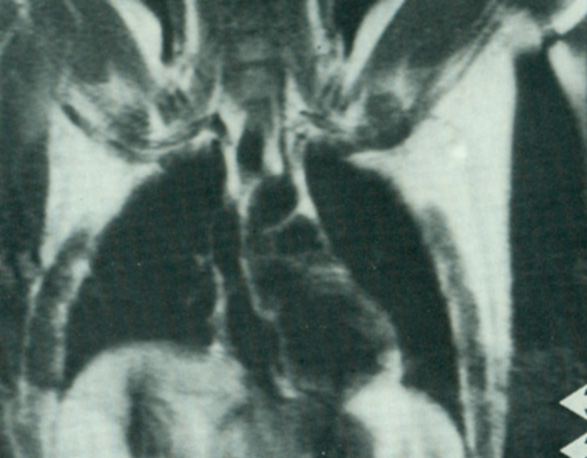The terms cardiac gating and cardiac triggering are largely used interchangeably. Some relatively subtle distinctions are occasionally made, however.
Gating vs Triggering
In the strictest sense triggering is a form of prospective gating where MR data acquisition only begins after detection of a desired physiologic event (an R-wave or peripheral pulse). Triggering is used to obtain static images at a particular time in the cardiac cycle.
Gating is a somewhat broader term than triggering; it may be either prospective or retrospective. In retrospective gating, MR data are acquired continuously (not in response to a particular cardiovascular "trigger" event). The EKG or pulse is recorded simultaneously with the MR data. The MR data can then be reordered, grouped, or correlated with phase of the cardiac cycle. Retrospective gating is the method typically used for cine-cardiac motion studies.
Gating is a somewhat broader term than triggering; it may be either prospective or retrospective. In retrospective gating, MR data are acquired continuously (not in response to a particular cardiovascular "trigger" event). The EKG or pulse is recorded simultaneously with the MR data. The MR data can then be reordered, grouped, or correlated with phase of the cardiac cycle. Retrospective gating is the method typically used for cine-cardiac motion studies.
Methods for Cardiac Gating/Triggering
|
Cardiac contractions can be detected by EKG or a peripheral pulse transducer. Some type of EKG-based triggering is mandatory for imaging the heart (and often advisable for imaging of the lower thorax). Peripheral pulse gating is used as the last resort for cardiac imaging due to the long and unpredictable delay between myocardial contraction and arrival of the pulse wave to the finger. Peripheral pulse gating is commonly used for peripheral MRA and for cine CSF flow studies, however.
|
The images below illustrate the effects of simple prospective cardiac gating, to improve MR images of the chest and upper abdomen. Note that the heart is still not perfectly sharp because respiratory diaphragmatic motions have not been corrected.
Advanced Discussion (show/hide)»
No supplementary material yet. Check back soon.
References
Lanzer P, Barta C, Botvinick EH, et al. ECG-synchronized cardiac MR imaging: method and evaluation. Radiology 1985;155:681–686.
Lanzer P, Barta C, Botvinick EH, et al. ECG-synchronized cardiac MR imaging: method and evaluation. Radiology 1985;155:681–686.
Related Questions
How do you set the various parameters for a cardiac gated study, such as repetition time (TR), trigger delay, and trigger window?
How are cardiac and respiratory gating performed?
How do you set the various parameters for a cardiac gated study, such as repetition time (TR), trigger delay, and trigger window?
How are cardiac and respiratory gating performed?




